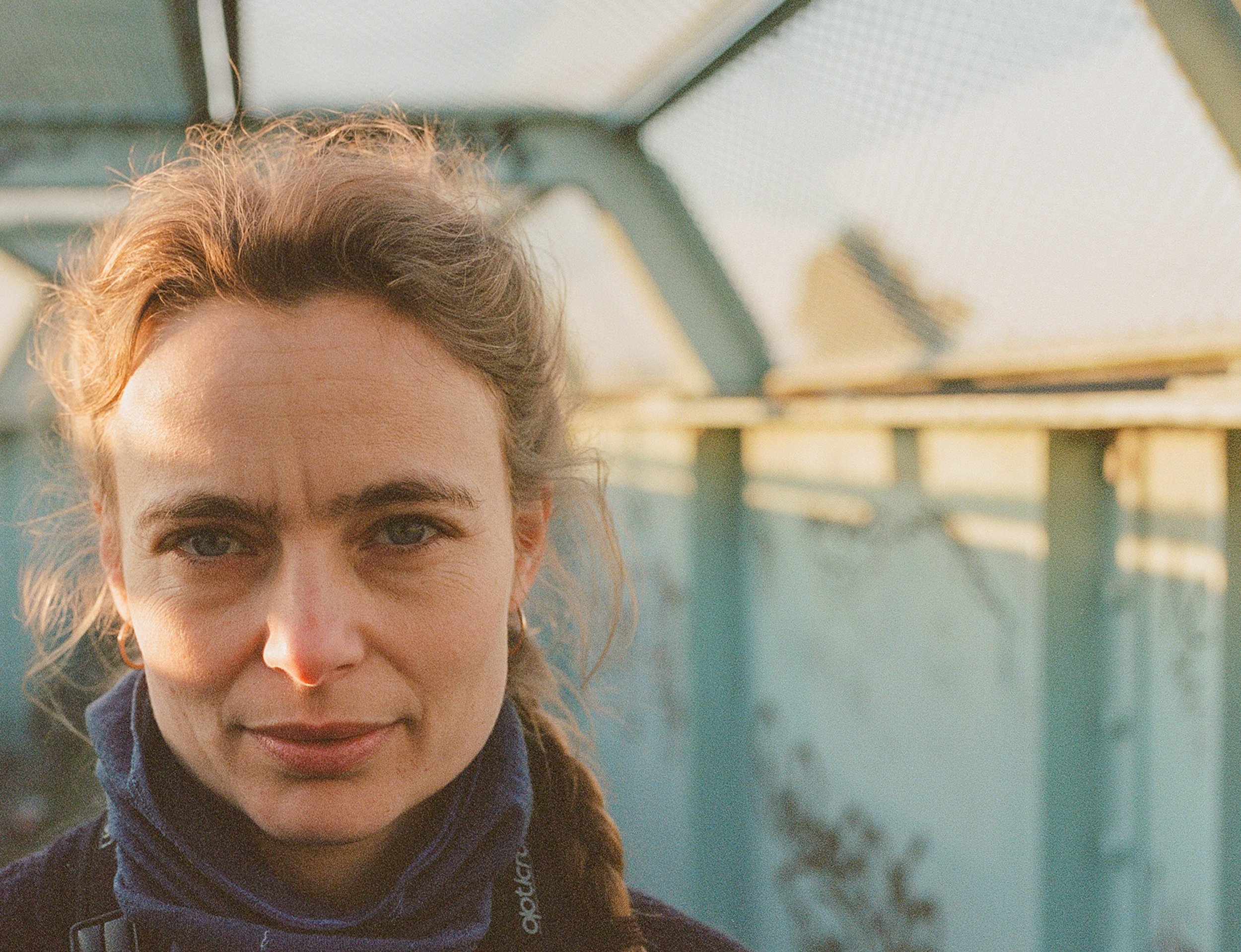
Ptosis Surgery
Ptosis Surgery
There are several different causes of a droopy upper eyelid but the most common is age related muscle weakness. A droopy upper eyelid can interfere with your vision by affecting the top part of the visual field. Some people also struggle to keep the eyelid open or use the eyebrows to compensate, which can cause headaches. The aesthetic appearance of a droopy lid can also be undesirable.
Ptosis surgery is generally very safe and performed as day surgery. Depending on the examination findings the surgery may be carried out from the inside surface of the eyelid which leaves no visible scar, or via a fine incision in the natural crease of the upper eyelid, leaving a very subtle scar within the crease. Ptosis surgery may also be combined with an upper eyelid blepharoplasty.
Miles is a triple fellowship trained oculoplastic surgeon with specific expertise in eyelid plastic surgery and regularly carries out ptosis surgery. Please take a look at the Gallery section for some examples. Getting ptosis surgery right can be challenging in the best of hands and should be carried out by an experienced oculoplastic surgeon.
Ptosis surgery
Procedure time 1-2hrs
Anaesthetic Local + sedation
Downtime 7-10 days
Driving 5 days
Exercise 7 days
Final result 2-3 months
-
Lower blepharoplasty should be pain free and can be performed under local anaesthetic (usually with sedation) or general anaesthetic.
The surgery may be performed from the inside surface of the eyelid (transconjunctival) which does not leave an external scar, or via a fine skin incision beneath the lashes (transcutaneous) which leaves an almost invisible scar. In both approaches excess fat may be removed or repositioned.
Skin incisions are closed with fine sutures which are usually removed at 5-10 days following surgery. In a scarless transconjunctival approach dissolvable sutures are used.
-
The recovery period is typically two weeks. The final result of surgery is appreciated at around two months.
Discomfort is usually minimal following the surgery, controlled with simple pain killers such as paracetamol.
Swelling and bruising varies between patients but can take up to 4 weeks to resolve. Cold compresses and sleeping propped up in the days following surgery can speed up recovery.
-
Lower eyelid blepharoplasty surgery is generally considered to be safe.
As with any cosmetic eyelid procedure, there are potential risks including infection, bleeding, scarring, asymmetry, over- or under-correction, dry eye, and need for further surgery. Thankfully these complications are unusual.
Infection
Post-operative infection is very rare and can be treated with antibiotics. Further surgery may be required and cosmesis can be affected. A severe infection is extremely unlikely.
Bleeding
A small amount of bloody discharge from the skin incision is expected post-operatively. A sight-threatening bleed into the eye socket is extremely rare.
Scarring
Surgical incisions are meticulously planned to minimise scarring. In a transconjunctival approach there is no visible external scarring. In a transcutaneous approach there is a very fine, almost undetectable, scar beneath the lashes
Asymmetry
When comparing the two sides of the face, we are all slightly asymmetrical. During the healing phase following surgery, asymmetry between the lower eyelids may be noted but this is usually temporary and the vast majority of patients are very happy with final results.
Dry eye
Dry eye tends to get worse with age and many people use lubricant drops to moisturise the surface of the eye, similar to the need to moisturise dry skin. Lubricants may be recommended for patients in the post-operative recovery period and some patients find it helpful to continue to use these, especially those who have an element of dry eye prior to surgery.
The inability to close the eye following lower eyelid blepharoplasty surgery due to lower eyelid retraction is rare as surgical planning is meticulous and tailored for every patient. If this occurs lubricants and possibly further surgery may be required.
Allergy
Allergic reactions are rare and precautions are taken for anyone pre-existing allergies.
Short and Long Term Outcomes
Final results are seen at 2-3 months and may last for many years. That said, the aging process cannot be stopped and the anatomical changes that occur secondary to aging are an ongoing process for all of us. Top up treatment or surgery may be required in the future.
Miles is a consultant ophthalmologist and oculoplastic surgeon with a private practice at The London Clinic on Harley Street. He specialises in ophthalmic cosmetic, reconstructive, and lacrimal (tear drainage) surgery.
In addition to his private practice, Miles holds a substantive NHS consultant post at the Royal Free London and he established and runs the oculoplastic service at North Middlesex University Hospital. He also has expertise in cataract and pterygium surgery.
As an honorary clinical lecturer at UCL and assistant professor at St. George's University, Miles is actively involved in training the next generation of ophthalmologists.


